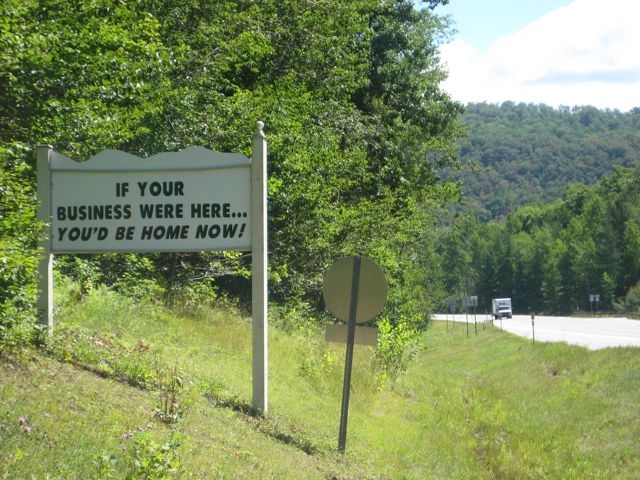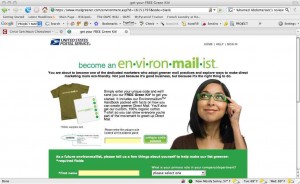I’m working to elect Barack Obama as President, so I found myself grinding my teeth when I found this self-description of Barack in the “Easy Voter Guide” produced by the California Secretary of State and containing content produced, I suspect, by well-meaning interns and volunteers:
STATEMENT: Now is the time for our country to come together and bring real change to Washington and bring an end to the policies of the Bush Administration. I am in this race so that we, as a unified nation, can be a beacon of hope for the world again.
TOP PRIORITIES:
- End the war in Iraq and refocus our efforts in Afghanistan.
- Sign universal health care legislation by the end of my first term.
- Put America on the path to a clean and secure energy future.
MY CRITIQUE: There were two things that made my teeth hurt. First, the choice of the word “race” in the statement. No reason to bring that word front-and-center people who are already thinking about it. Would have been just as easy to say “I am running for President so that we…”
Second, the priority to “refocus our efforts in Afghanistan”. What does this ambiguous and jargon-y statement mean? Transfer our troops from Iraq to Afghanistan and fight a big war there? Or just take a fresh look at what we’re doing in Afghanistan? And what about the rest of the world? Why not something like “End the war in Iraq and focus our nation’s efforts on mutual respect and peaceful resolution for conflicts throughout the world”?
You may say that nobody reads voter pamphlets. But what if 1 in 100 voters actually does, and 1 in 100 of THOSE voters are affected in some way by this or another statement? If there are 10 million voters in California that’s 1,000 votes! Words matter, even in election materials.

